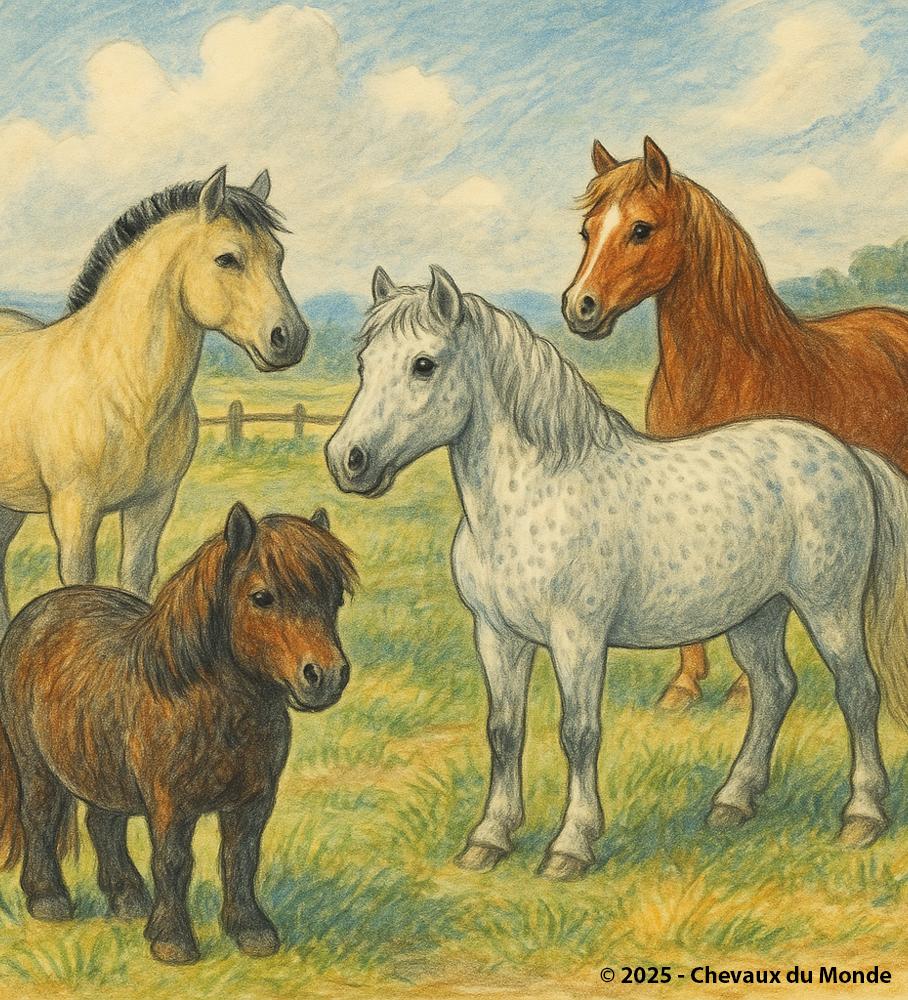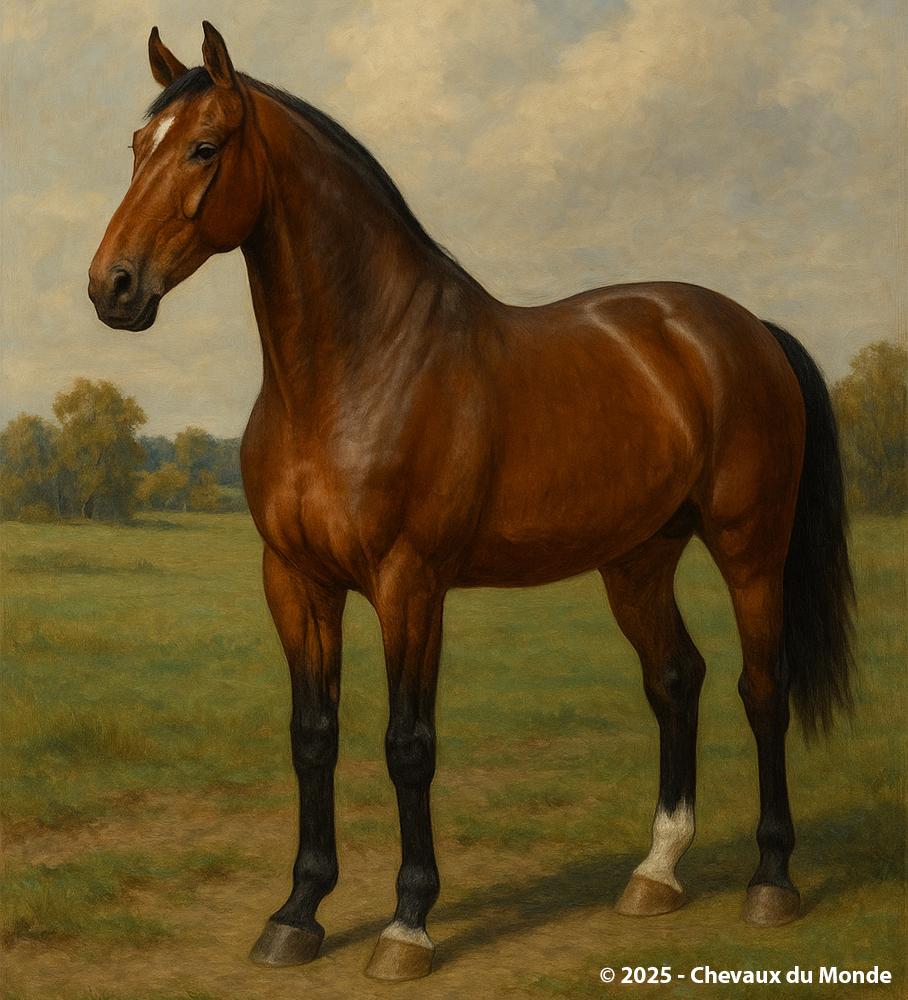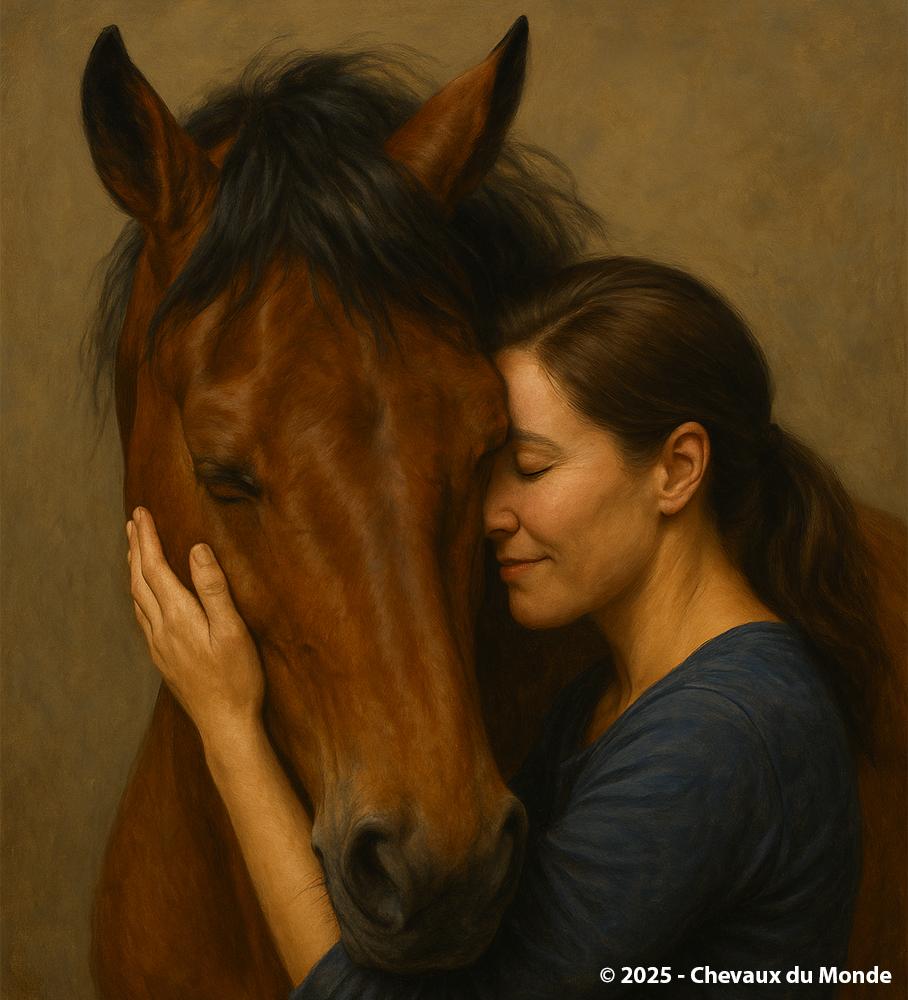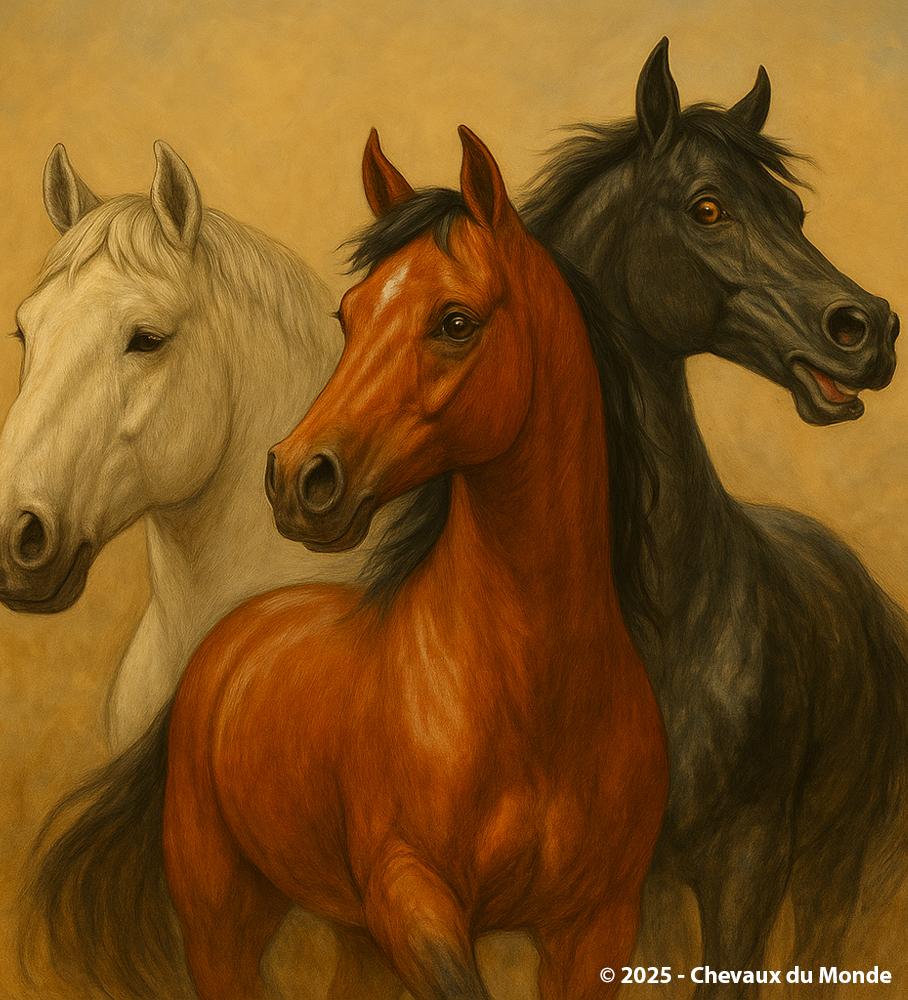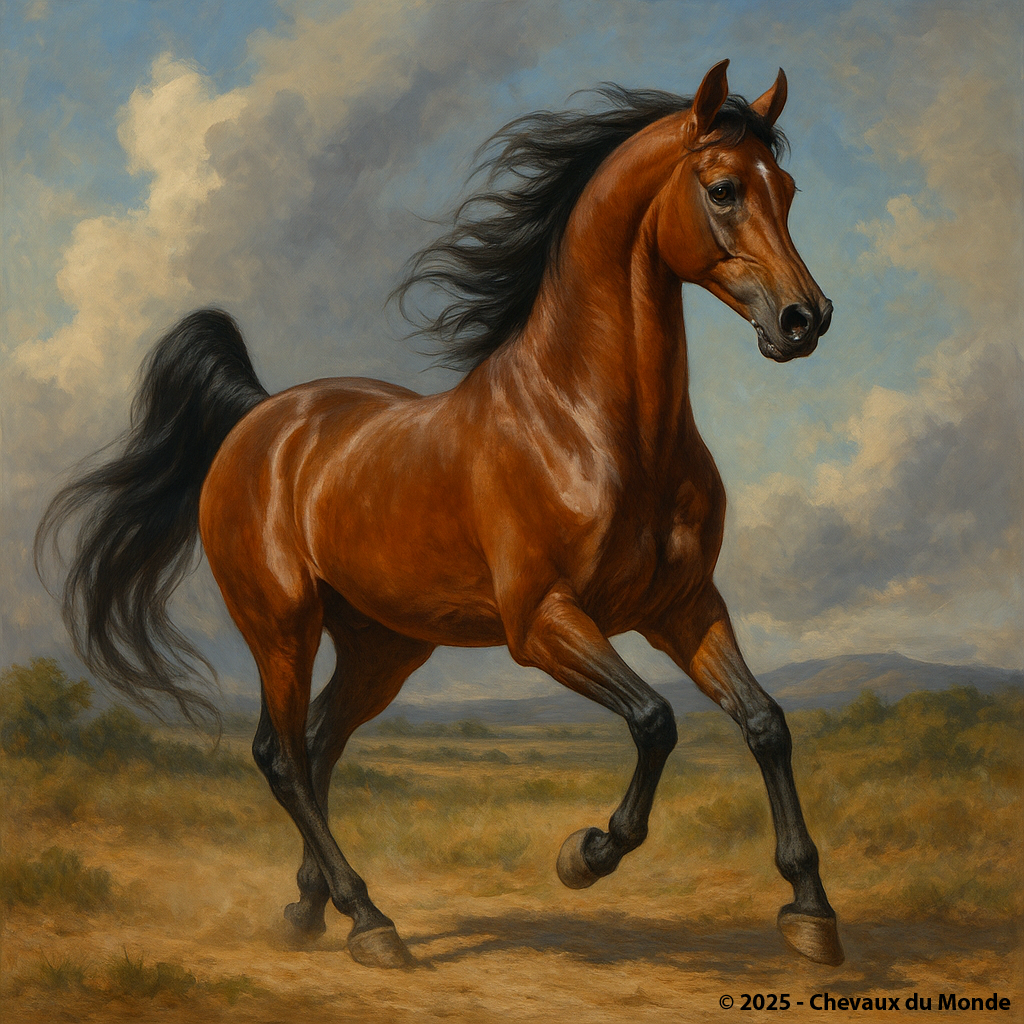COLD-BLOODED HORSES: CALM AND POWER

Cold-blooded horses are known for their gentle temperament, strength, and endurance. Traditionally used for farm work, they now play a key role in driving, conservation grazing, and preserving hardy breeds.
Cold-blooded horses represent a group of equines with an imposing build and a docile temperament. Historically used for agricultural work, heavy draft and strength-based tasks, these horses embody quiet power and reliability.
Unlike hot-blooded horses (fast, spirited) or warmbloods (versatile), cold-blooded horses stand out for their endurance, muscular strength, and steady character.
Origins and Historical Role
- European origin: Most cold-blooded breeds come from Northern and Western Europe, where they were bred to pull heavy loads in harsh climates.
- Medieval use: The ancestors of draft horses served as destriers to carry armoured knights.
- Agricultural revolution: In the 18th and 19th centuries, they became indispensable partners in fields, forests, and goods transport.
- Industrial era: Employed to tow barges, urban carts, and mine wagons.
Morphology and Physical Characteristics
- Height: generally between 1.60 m and 1.80 m at the withers.
- Weight: often over 800 kg, with some breeds exceeding a tonne.
- Massive bone structure: broad limbs, strong joints, large hooves.
- Powerful neck and deep chest to maximise pulling strength.
- Common coat colours: bay, chestnut, black, roan, often with abundant mane and tail.
- Mane and feathering: long and thick, offering protection against bad weather.
Temperament and Behaviour
- Calm and placid: rarely prone to nervousness, they seldom react abruptly.
- Highly tolerant: comfortable around people and in busy environments.
- Quick learners: easily remember commands and routines.
- Tireless workers: capable of steady effort over long periods.
"The cold-blooded horse is a gentle giant with a peaceful heart."
Main Cold-blooded Horse Breeds
- Percheron (France) – Elegant and powerful, famous for pulling competitions.
- Belgian Draft (Belgium) – Massive and enduring, widely used in agriculture.
- Clydesdale (Scotland) – Recognisable by its heavy feathering and bay coat.
- Shire (England) – The tallest horse in the world, capable of record-breaking pulls.
- Comtois (France) – Compact, hardy, and perfectly suited to mountainous regions.
- Friesian (Netherlands) – Though sometimes classified separately, it combines strength with grace.
Modern Uses
- Forestry work: logging in areas where machines would damage the soil.
- Tourism and heritage: carriage rides, historical festivals, and re-enactments.
- Organic farming: returning to horse-drawn ploughing to protect the land.
- Sports and leisure: certain driving disciplines and strength demonstrations.
- Breed preservation: conservation breeding and genetic programmes.
Health and Care
- Hardy: withstand climate variations well.
- Rich diet: their mass requires adequate caloric intake.
- Hoof care: regular monitoring to prevent weight-related issues.
- Longevity: often 20 to 25 years, sometimes longer with proper management.
Cold-blooded horses embody a living heritage, a symbol of quiet strength and centuries of partnership with humans. Their imposing stature and gentle temperament continue to captivate, whether in practical work, tradition preservation, or the revival of carriage driving.

